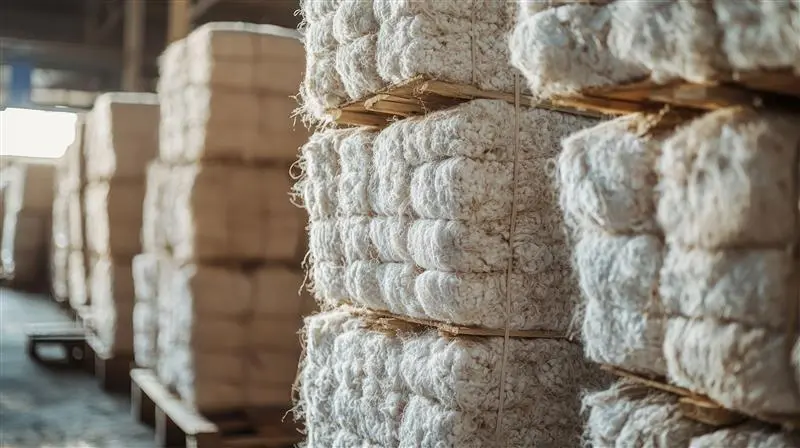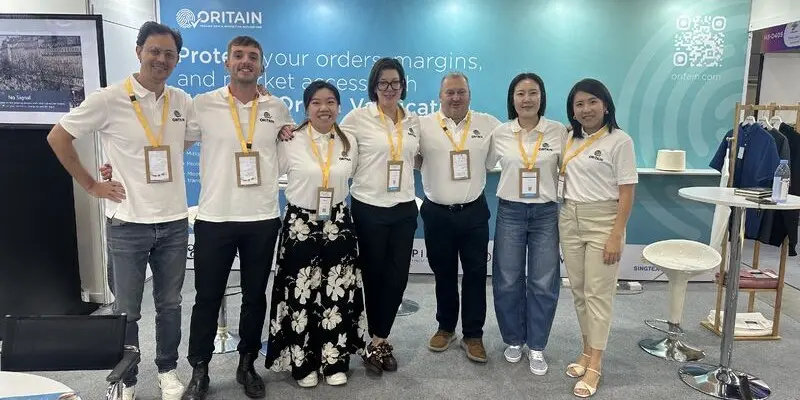The ROI of Origin Verification for Cotton Traceability
By Rupert Hodges | 23 October 2025
minutes to read.
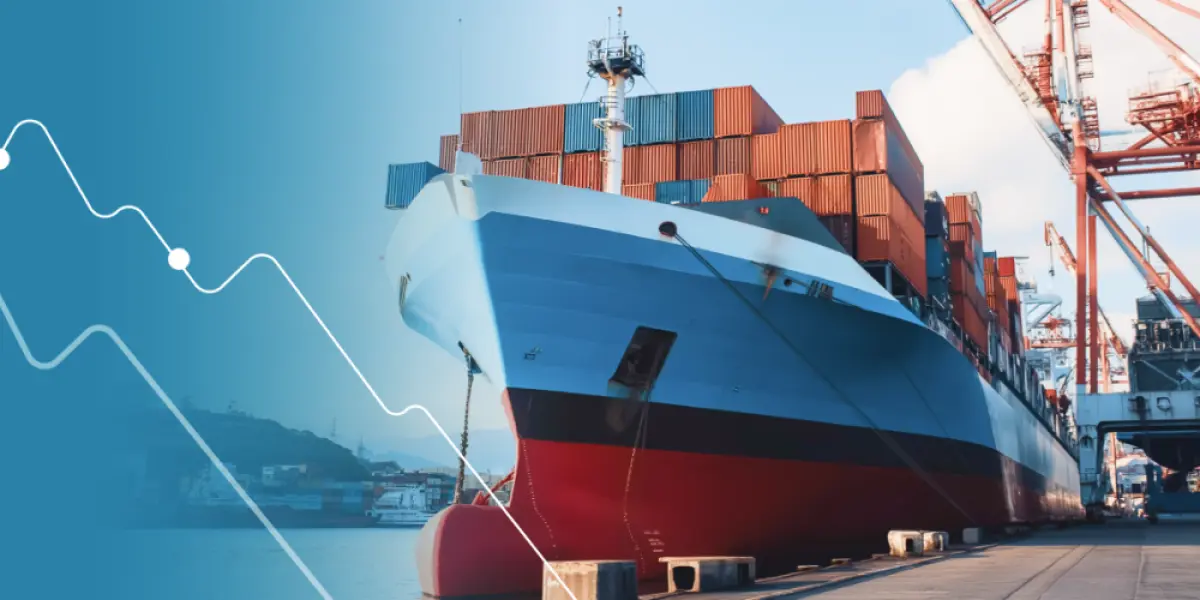
Product traceability has become critical in the fashion and apparel industry. Increasing regulation, enforcement, and consumer demand have pushed this high on the corporate agenda.
Businesses researching solutions for cotton traceability and product origin verification are generally doing so to either minimize cost (risk management) or maximize revenue (brand promotion). Most use it to minimize cost.
But defining a tangible traceability ROI can be challenging. Compliance, operations, and ESG managers are charged with procuring the right solution for their business – but how can they prove it? How can leaders connect traceability investment with cost savings?
ROI is derived from offsetting the investment in traceability technology against the savings made on avoiding costs.
The formula we need to solve is: ROI = (Costs Avoided Proactively − Verification Program Cost) ÷ Verification Program Cost).

In order to work out ROI, we need to first calculate the potential costs. These costs are made up of three buckets:
- Revenue loss
- Financial penalties
- Reputational damage
1. Revenue loss
The first cost bucket is loss of revenue, which is generally caused by products being removed from sale or not making it to the store. This often happens when shipments are stopped at borders, or do not satisfy origin labelling/content claim legislation, and the goods never make it to retail shelves.
The risk of this has grown significantly in recent years with the introduction of legislation such as the UFLPA and similar in other geographies.
In the United States, under the UFLPA, 64% of apparel shipments detained were denied entry to the US by CBP (1322 of 2073); this was worth $91.38M. 76% of the shipment value came from Vietnam or China.
Your likelihood of non-compliance under the Uyghur Forced Labor Prevention Act (UFLPA) is really defined by two things. One is sourcing approach, direct or indirect sourcing through agents, and the second is country of manufacture.
What proportion of your materials are indirectly sourced, where you have less visibility and must trust the integrity of your supply network? And what proportion of your raw materials are sourced from high-risk countries?
With this information, you can begin to define what your potential exposure is.
Your potential exposure is the percentage of noncompliant or at-risk goods times their revenue.
Therefore, if you’re a fashion brand or retailer importing 50 shipments a year into the US, and one of those shipments is detained, you could expect up to 32 shipments of similar goods to be denied entry.
If each of your shipments are worth $1 million in generated revenue, this detainment would potentially cost you $32m in lost revenue ($50m - $32m).
$32,000,000
$32m in lost revenue
If your material sourcing includes Vietnam, China or other higher-risk countries, your revenue loss could be greater.
Therefore, proactively reducing the risk of your shipments being subject to detentions or stoppages and thus protecting revenue, must be part of the ROI calculation.
Furthermore, we’ve only considered this from the perspective of CBP detaining shipments. The risk does not begin and end with government authorities – retailers and brands are now themselves becoming the regulators.
If you’re a cotton manufacturer or supplier producing national or private label products for major US brands and retailers, their own verification programs can lead to significantly more damaging and punitive costs. These include the inability to ship products, placing large contracts and POs in jeopardy, and the financial, operational and reputational damages of having non-compliant product identified.
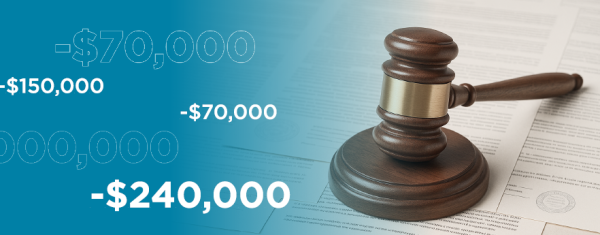
2. Financial penalties
The second cost bucket is financial penalties or implications incurred for regulatory infringements. These could either be direct penalties imposed by enforcement agencies or indirect costs incurred because of noncompliance.
Many regulations clearly spell out the financial cost of noncompliance. For example, under the EU Deforestation Regulation (EUDR) this is at least 4% of a company’s EU turnover. Under the EU Corporate Sustainability Due Diligence Directive (CSDDD) this is 5% of a company’s worldwide turnover.
So, for example, if a leather brand sells €100m of product into the EU each year, and they are found to have procured cattle from deforested land, their potential penalty would be €4 million.
Or if an apparel company headquartered in the EU, transacting €500m globally every year, is found guilty of poor environmental practices under the CSDDD, their potential penalty could be €25 million.
In the United States, shipments detained under the UFLPA will incur financial costs on top of the revenue loss discussed above. The CBP turnaround time usually ranges between 1 week to 4 months. During this time, the shipping company charges fees for demurrage (failure to load or discharge the ship within the time agreed), ranging from $75 to $300 a day per container for its non-use.
For example, a fashion brand that has 20 containers detained for a period of 2 months would incur a potential cost of $240,000 ($200 x 60 x 20).
In addition, the brand will also incur legal fees while they negotiate with enforcement agencies and attempt to free their goods. These fees can reach up to $60,000 for a single shipment.
This means that in our example, the brand could be hit with $300,000 in financial penalties on top of their loss of retail sales.
$300,000
$300,000 in financial penalties
Legislation like the UFLPA also allows for civil penalties for commercial fraud and negligence, which equal the sale cost of the noncompliant goods. Importers could therefore be stung with the same cost twice: once for the seizure or destruction of their goods and once for the civil penalty. That takes the direct financial cost alone to well over half a million dollars.
In one recorded case, an importer paid initial freight costs and additional storage fees while their products were held up for roughly three months. Their total costs came to $810,000.
Avoiding these unnecessary financial costs or penalties is another part of the ROI calculation. An ongoing testing program provides business with proactive risk management where detentions can be addressed swiftly and unnecessary costs avoided.

(Image: Vecteezy)
3. Reputational damage
The third cost bucket is revenue loss due to erosion of brand reputation leading to lack of consumer spending. There is much evidence demonstrating the link between negative corporate practices, loss of market trust, and reduced consumer sales revenue.
Furthermore, if you’re a supplier for brands, retailers, or wholesalers, having product identified as non-compliant can have a significant impact on your brand reputation and standing with those downstream customers.
This ultimately leads to negative supplier scorecarding, loss of future orders, and difficulty in winning new business.
Many emerging regulations focus on sustainability and mandating positive behaviors that companies must adopt. The results of numerous studies (including this, this, and this) show that greenwashing has a negative effect on brand equity, brand reputation, and brand credibility.
In instances of shipment detentions, public knowledge exposes the importer to losing clients to competitors. In addition, customer perceptions are impacted when the public finds out that a brand’s goods are being detained for forced labor concerns or other noncompliance.
This culminates in a loss of trust among customers who increasingly treat the broader company’s actions and claims with skepticism.
Trust is imperative for every company. Research by Forbes shows that a consumer’s level of trust in a company drives revenue-generating behaviors such as the likelihood to purchase again, preference for a company over competitors, trial of unrelated products, and propensity to share personal data.
Consumers buy significantly less from a business that lost their trust. A study by PwC reveals that 4 in 10 customers no longer purchase from a company due to lack of trust.
This 40% loss of revenue means that a business with $20 million in annual sales could see this figure reduced by $8 million, all as a result of negative consumer response to poor operational practices.
Avoiding the revenue loss due to brand reputational damage is a further part of the ROI calculation.
$8,000,000
$8m in reputational damage
The ROI of investing in origin verification
Clearly, the potential costs to businesses are significant. In the examples we’ve examined above, the fashion brand with detained shipments that results in lost consumer trust, would incur a total cost of $26.3 million.
$32,000,000 (lost revenue)
+ 300,000 (financial penalties)
+ $8,000,000 (reputational damage)
= $40,300,000
If the brand had annual revenue of $200m, this cost would wipe 20% off their revenue. This is an eye-wateringly large amount that would be enough to see many businesses close their doors for good.
Business exposure to costs, penalties and brand damage can be offset through investing in an ongoing origin verification program. The Oritain platform uses forensic science and data to verify the origin of products and raw materials.
Verifying product origin authenticates the legitimacy of products.
- It tells regulators, consumers and other stakeholders that products are what they claim to be.
- It confirms that products don’t include materials sourced from high-risk parts of the world – minimizing risk of regulatory noncompliance.
- It confirms that products are from their claimed origin – reducing risk of unsubstantiated claims and greenwashing.
So precise is the Oritain analysis that it is recognized by CBP and accepted as evidence in courts of law around the world.
The question businesses need to ask is: What is my potential financial exposure versus engaging in a compliance program?
If the potential financial exposure from our example above is $40.3 million, and a three-year origin verification compliance program costs $300,000, the saving is $40 million. That’s an ROI of over 13,000%.
In addition, by proving origin, businesses can substantiate sourcing or environmental claims which can get them preferential investment opportunities – further supporting the overall ROI.
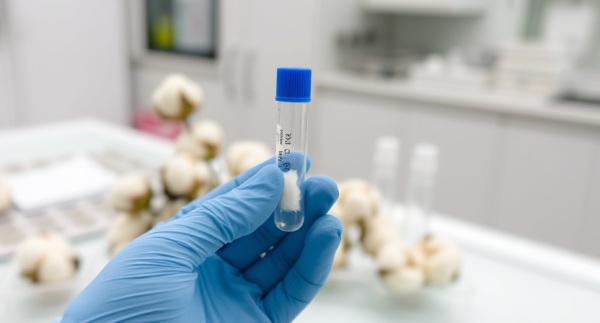
Forensic origin verification: Transforming traceability
Many traceability tools fail to accurately address the point of origin – one of the most significant influences on regulatory compliance.
For products like cotton, where sourcing origin is integral to the finished product, brands must be certain of where their raw materials originate. Anything less invites consumer distrust and regulatory scrutiny.
Forensic origin verification is an established, trusted method of substantiating product origin.
Oritain is a pioneer in this field. We combine precise isotopic testing with cutting-edge data science to reveal the unique "Origin Fingerprint" of a product.
This Origin Fingerprint is formed by nature, is unique to the product’s origin, and virtually impossible to counterfeit. We use advanced analytical science to read the code nature provides.
The scientific precision of Oritain mitigates the risk of companies believing they’re procuring a compliant commodity, only to discover it’s sourced illegally or unethically.
By analysing samples of cotton products, Oritain can audit products and raw materials at every stage of the supply chain and at different resolutions. This analysis is robust, reliable, and admissible as evidence in a court of law. No other scientific verification offering comes close.
By proving the origin of their products and raw materials, scientific verification ensures fashion businesses have the strongest possible basis from which to reduce their risk, protect their reputation, and generate positive ROI.
The Oritain team can help you conduct a comprehensive risk assessment for your business. Contact us today for a demo or to learn more.
Disclaimer: The information provided in this document does not and is not intended to constitute legal advice. Instead, all information presented here is for general informational purposes only. Counsel should be consulted with respect to any particular legal situation.

